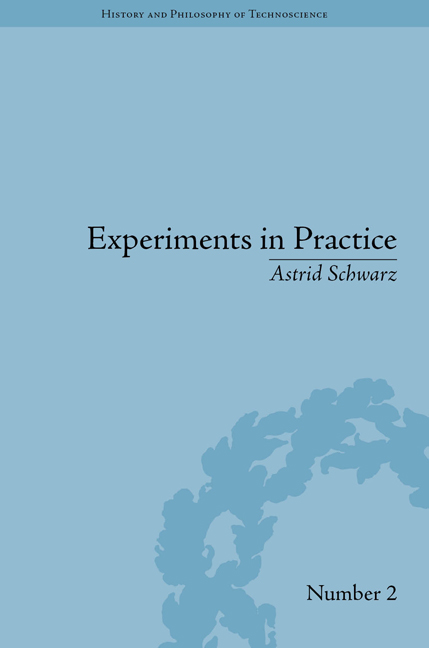Book contents
- Frontmatter
- CONTENTS
- List of Figures
- Introduction: Towards an Experimental Mode in Science, Society and Philosophy
- Part I Questioning the Scientific Method
- Part II Different Modes of Experimentation
- 4 The Experiment in Recent Philosophy of Science
- 5 Experimentation in Lab and Field
- 6 Exploring the Field Ideal
- Part III Tirelessly Tinkering with Unruly Conditions
- Part IV Practising Experiments in a World of Environmental Concerns
- Conclusion: Experiments in Practice – the Work of Experiments
- Notes
- Works Cited
- Index
6 - Exploring the Field Ideal
from Part II - Different Modes of Experimentation
- Frontmatter
- CONTENTS
- List of Figures
- Introduction: Towards an Experimental Mode in Science, Society and Philosophy
- Part I Questioning the Scientific Method
- Part II Different Modes of Experimentation
- 4 The Experiment in Recent Philosophy of Science
- 5 Experimentation in Lab and Field
- 6 Exploring the Field Ideal
- Part III Tirelessly Tinkering with Unruly Conditions
- Part IV Practising Experiments in a World of Environmental Concerns
- Conclusion: Experiments in Practice – the Work of Experiments
- Notes
- Works Cited
- Index
Summary
And the wind bustled high overhead in the forest top. This gay and grand architecture, from the vault to the moss and lichen on which I lay, – who shall explain to me the laws of its proportions and adornments?
Note in a journal written by Ralph Waldo Emerson, 11 April 1834We have seen that working in the lab and doing fieldwork are two activities closely related to one another throughout the history of science and that conceptions of lab and field are co-produced. This can be highlighted by juxtaposing them as ideal types, the lab ideal dealing with controlled as opposed to uncontrolled places, where methods of intervention rather than those of observation are used and where knowledge production happens in closed rather than open spaces. As the ideal types are complementary to one another, a closer look at the experimental practices in the laboratory will help to also reveal the characteristics of the field as a site for scientific experimentation.
Laboratories are places designed for experimentation. They were created specifically for a group of researchers to inhabit – a dwelling place in which research programmes that imply specific experimental systems are pursued. Labs are built and controlled places and, in spite of their highly functional design, tinkering is a dominant practice that goes on there. Labs are simplified and indeed standardized places in which decontextualized knowledge is produced and environmental variations excluded.
- Type
- Chapter
- Information
- Experiments in Practice , pp. 95 - 110Publisher: Pickering & ChattoFirst published in: 2014

